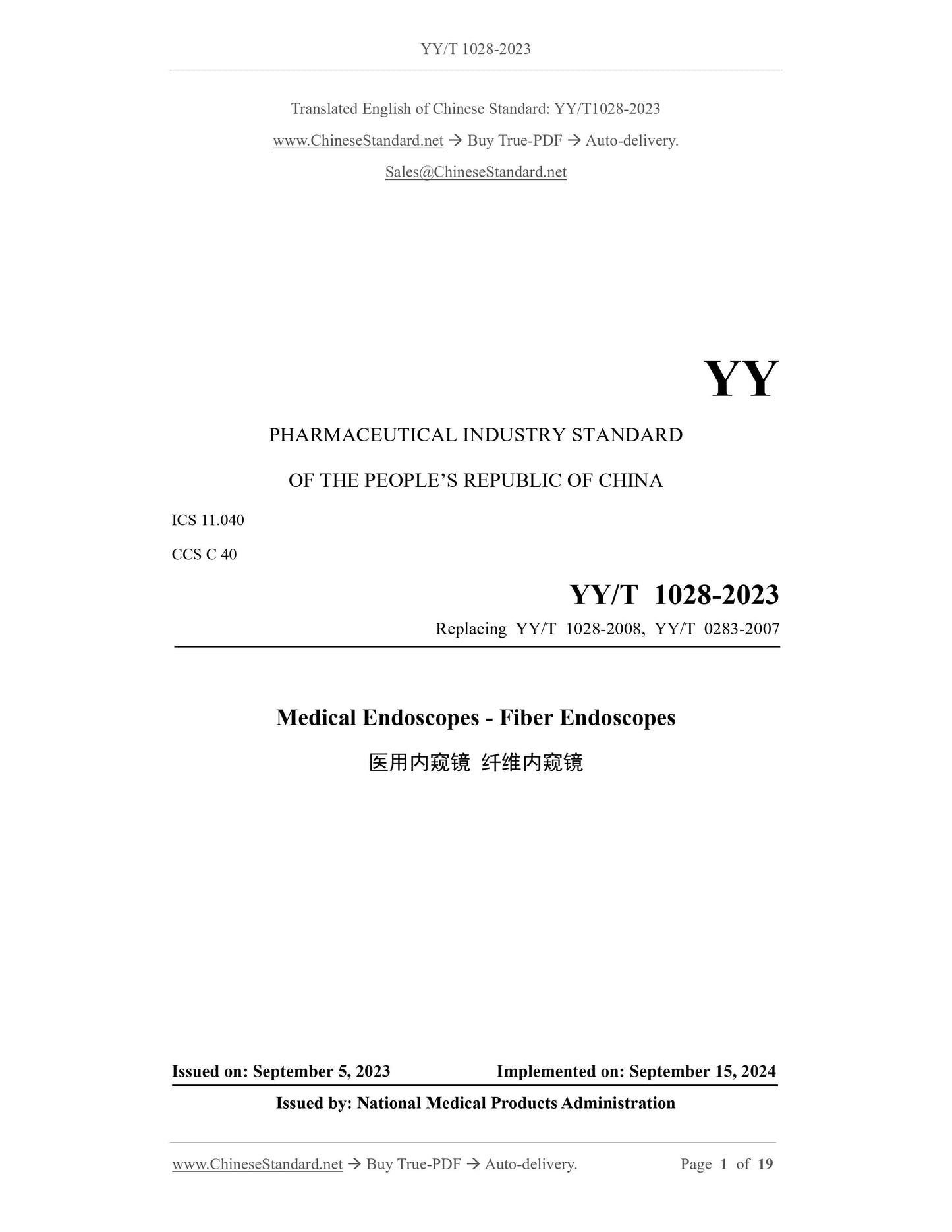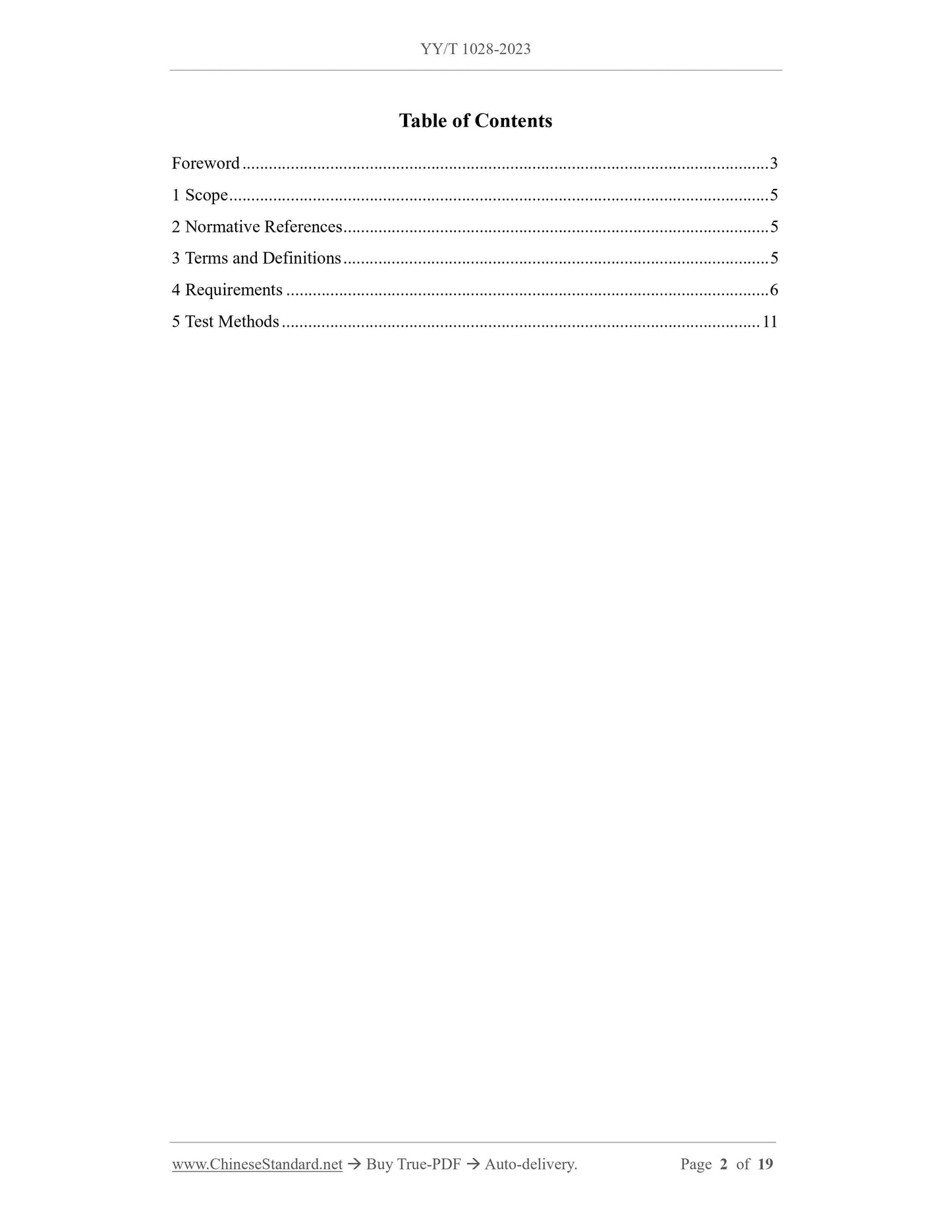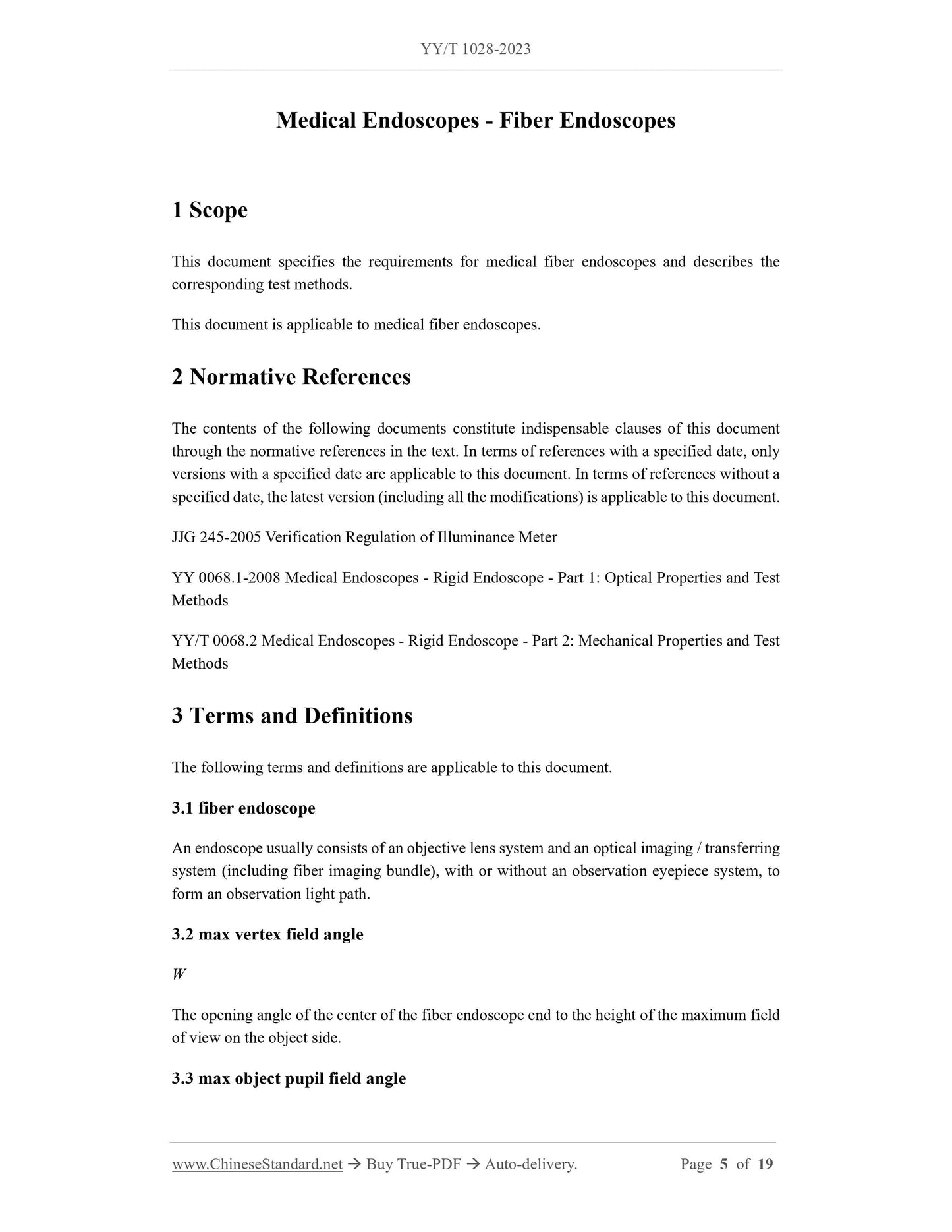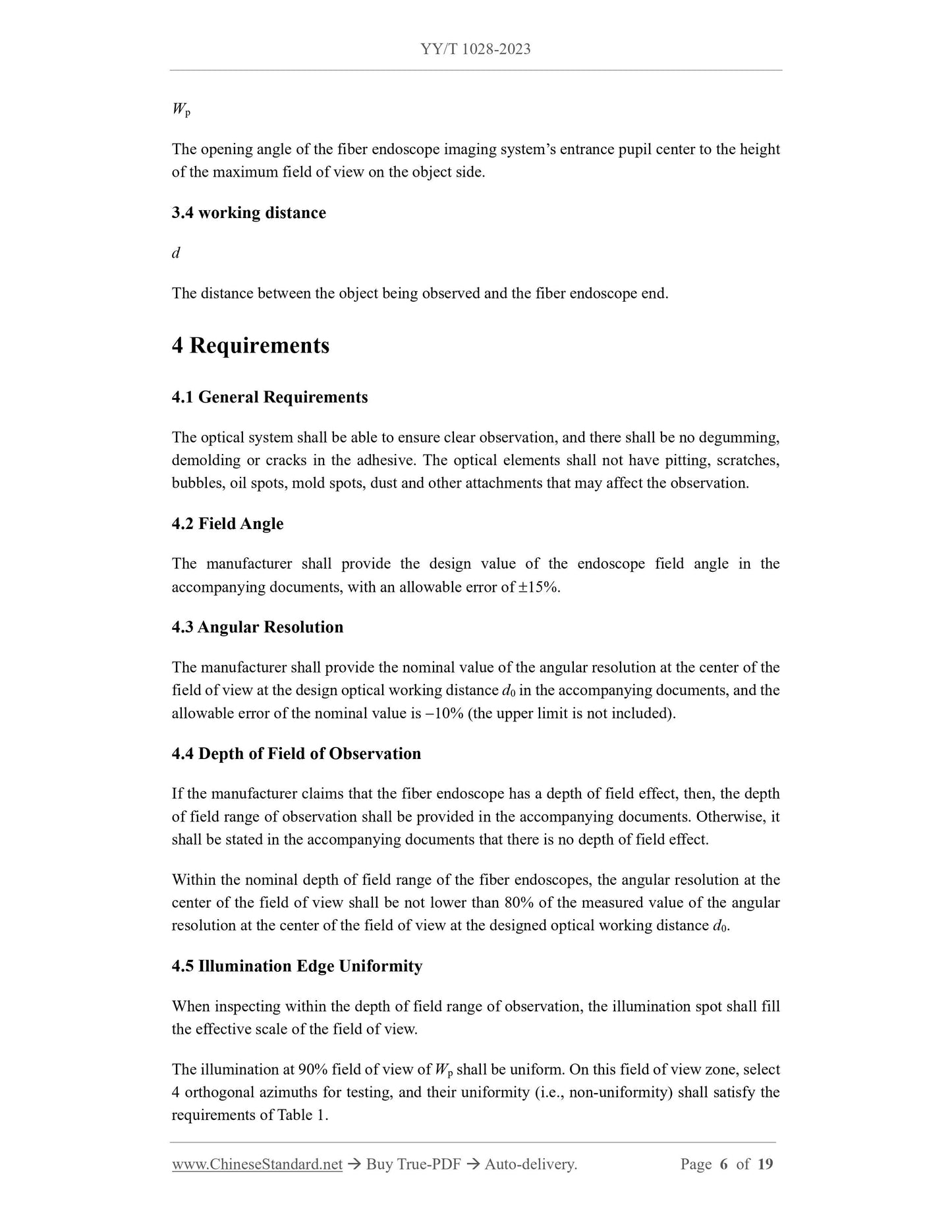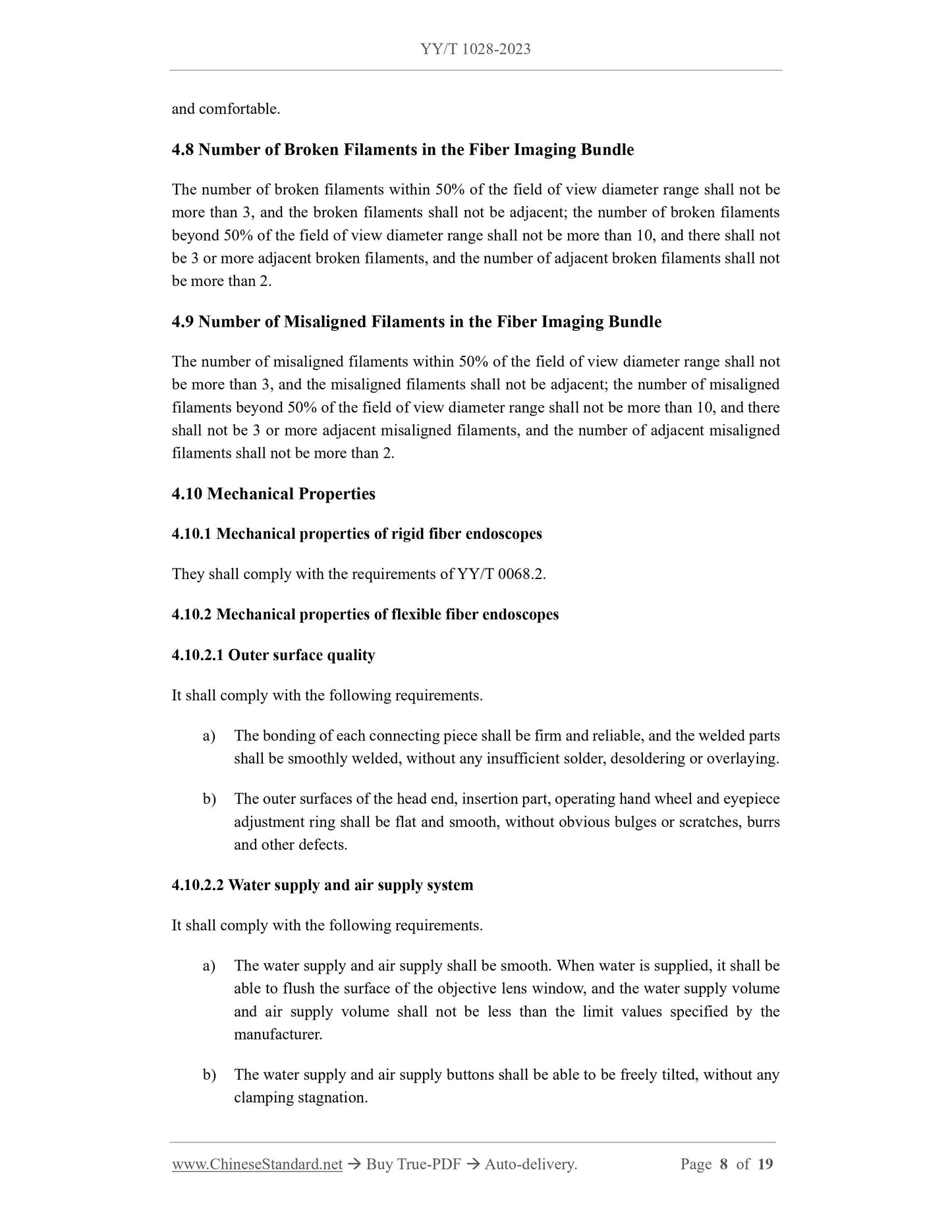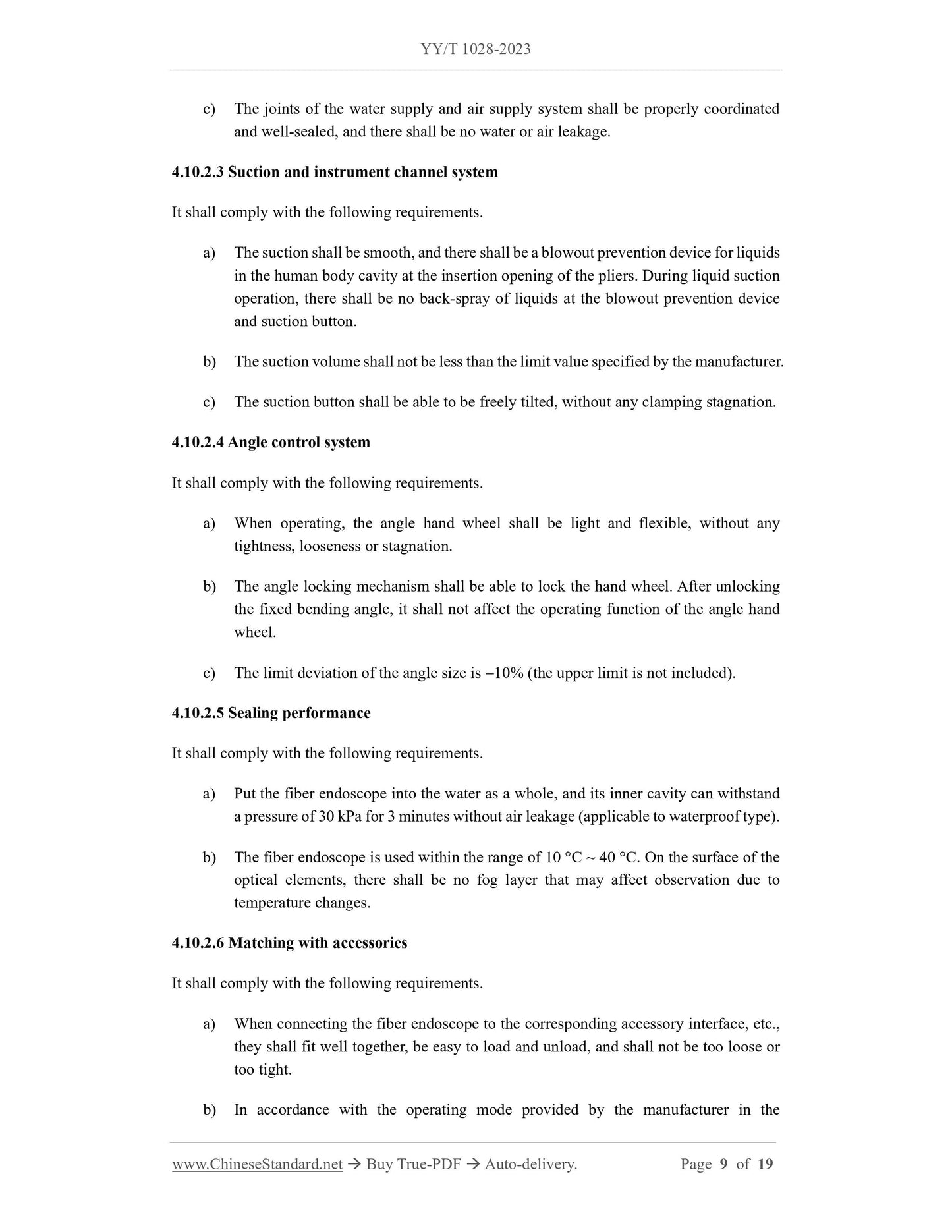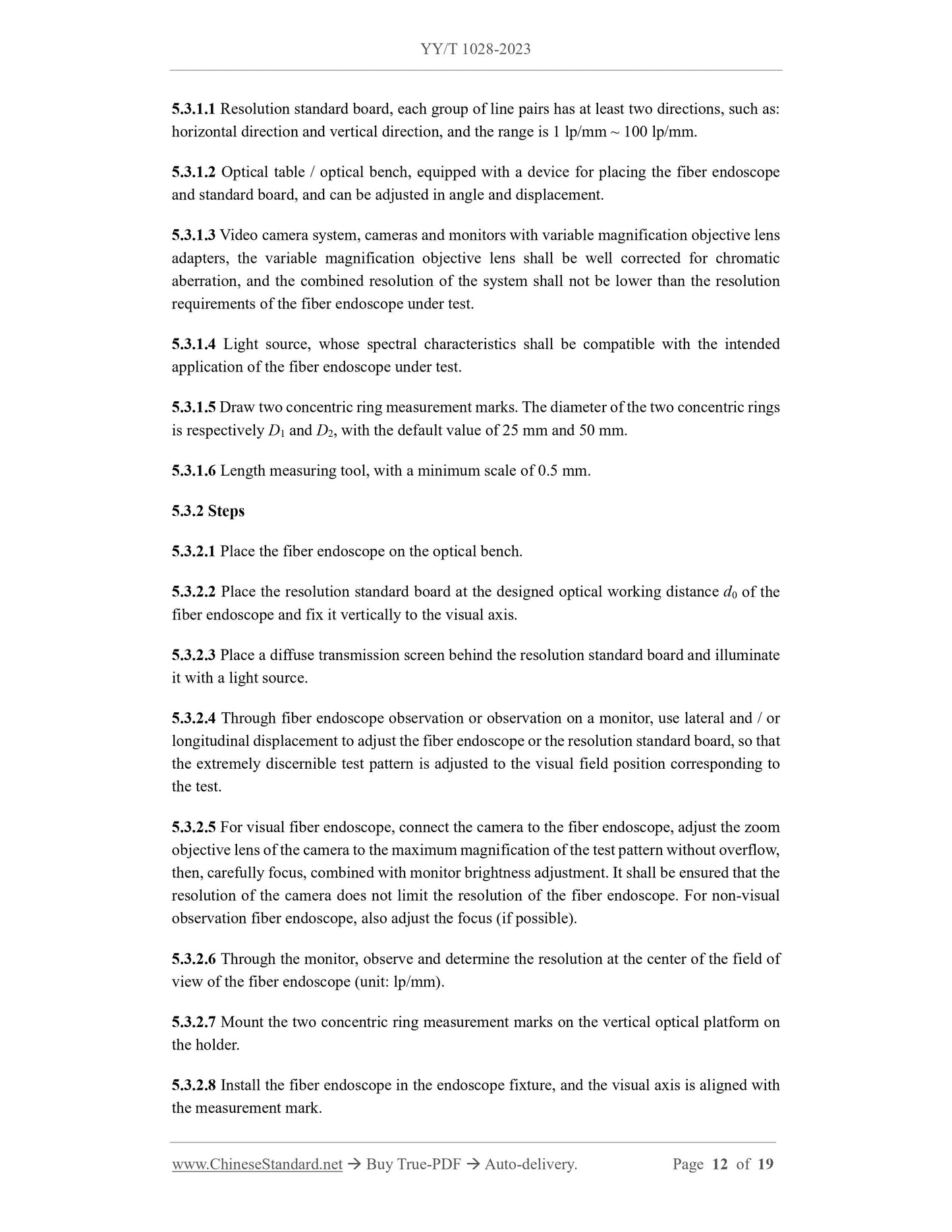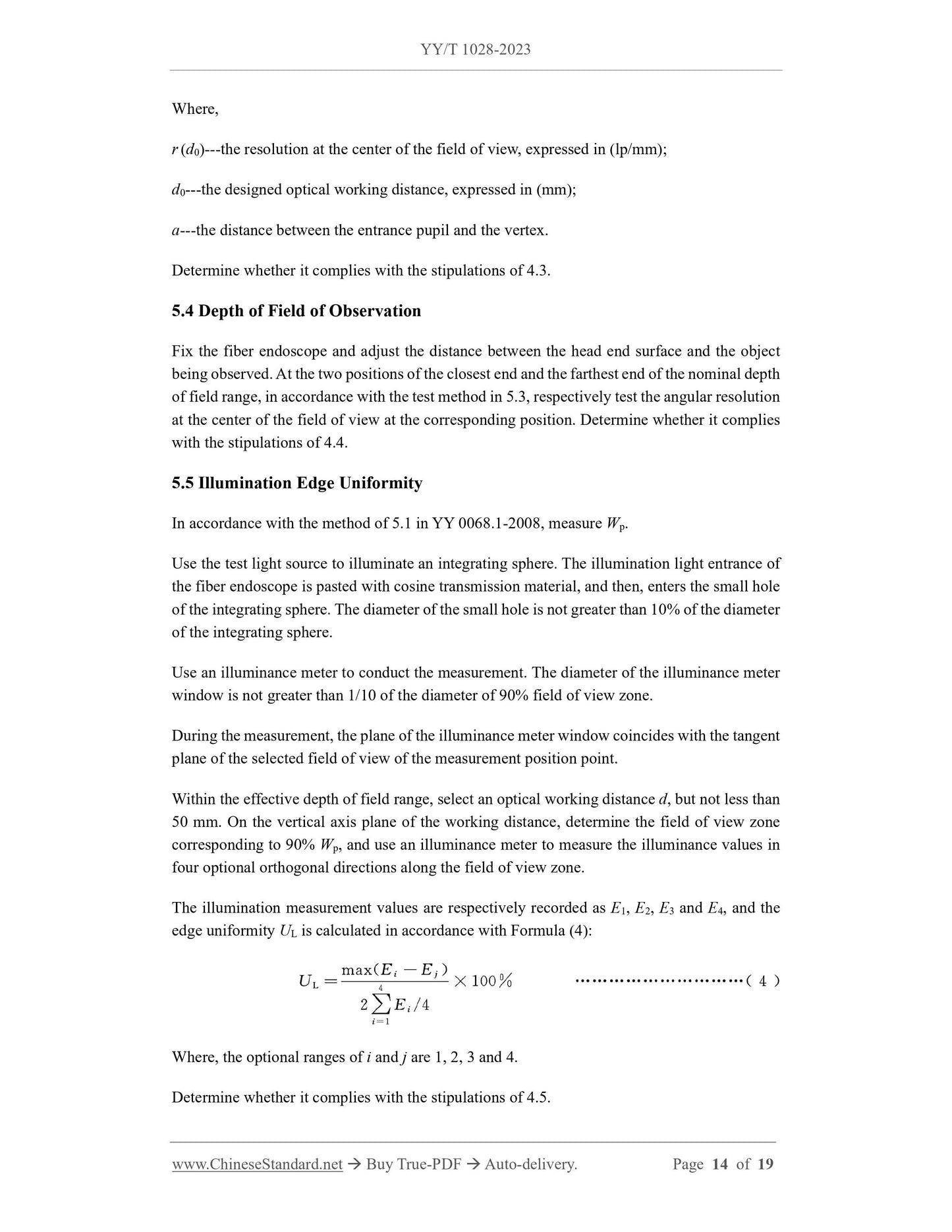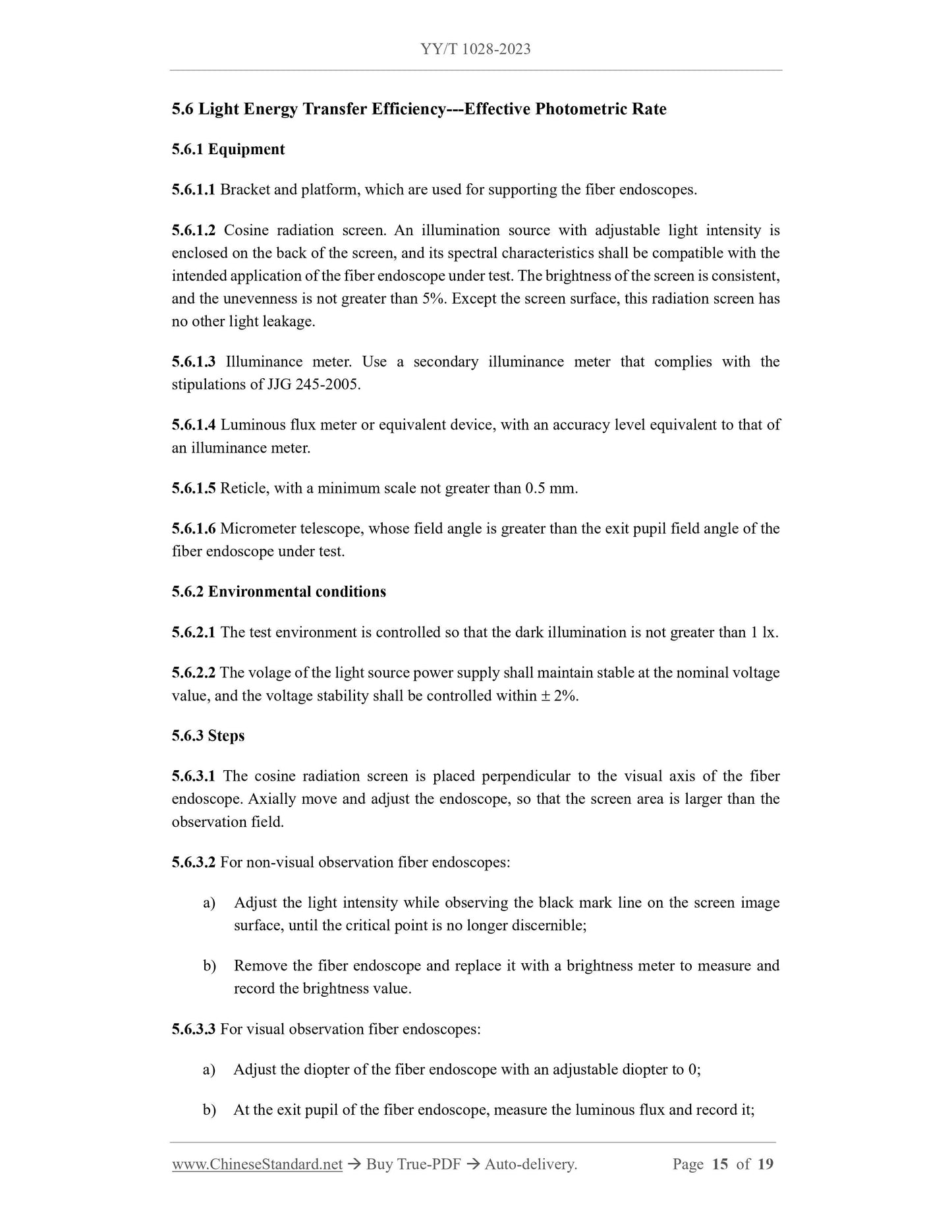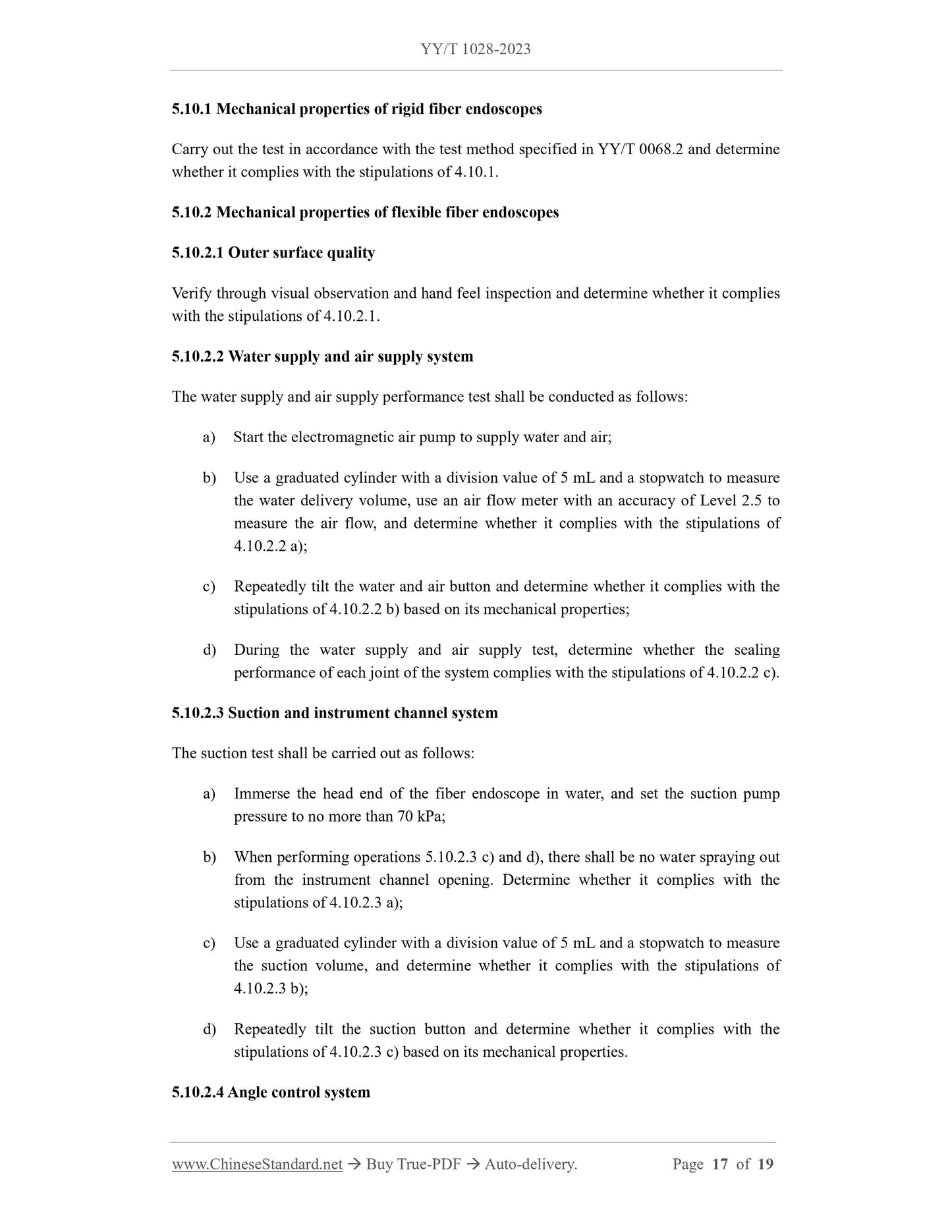1
/
of
10
www.ChineseStandard.us -- Field Test Asia Pte. Ltd.
YY/T 1028-2023 English PDF (YY/T1028-2023)
YY/T 1028-2023 English PDF (YY/T1028-2023)
Regular price
$245.00
Regular price
Sale price
$245.00
Unit price
/
per
Shipping calculated at checkout.
Couldn't load pickup availability
YY/T 1028-2023: Medical endoscopes - Fiber endoscopes
Delivery: 9 seconds. Download (and Email) true-PDF + Invoice.Get Quotation: Click YY/T 1028-2023 (Self-service in 1-minute)
Newer / historical versions: YY/T 1028-2023
Preview True-PDF
Scope
This document specifies the requirements for medical fiber endoscopes and describes thecorresponding test methods.
This document is applicable to medical fiber endoscopes.
Basic Data
| Standard ID | YY/T 1028-2023 (YY/T1028-2023) |
| Description (Translated English) | Medical endoscopes - Fiber endoscopes |
| Sector / Industry | Medical Device and Pharmaceutical Industry Standard (Recommended) |
| Classification of Chinese Standard | C40 |
| Classification of International Standard | 11.040 |
| Word Count Estimation | 14,141 |
| Date of Issue | 2023-09-05 |
| Date of Implementation | 2024-09-15 |
| Older Standard (superseded by this standard) | YY/T 1028-2008; YY/T 0283-2007 |
| Issuing agency(ies) | State Drug Administration |
| Summary | This standard specifies the requirements for medical fiberscopes and describes the corresponding test methods. This standard applies to medical fiber endoscopes. |
Share
